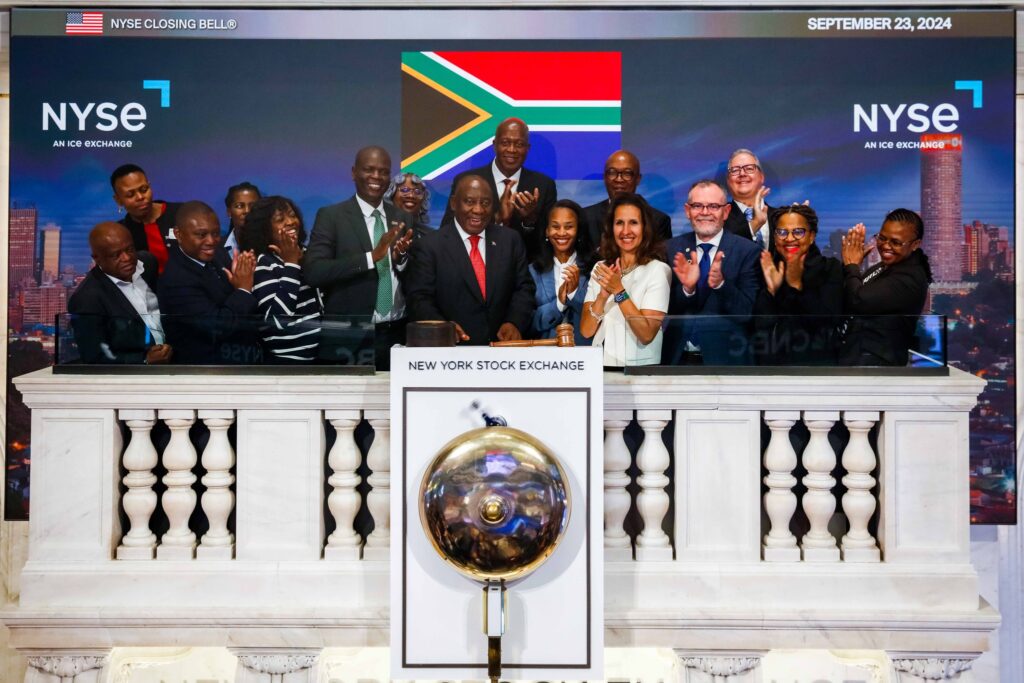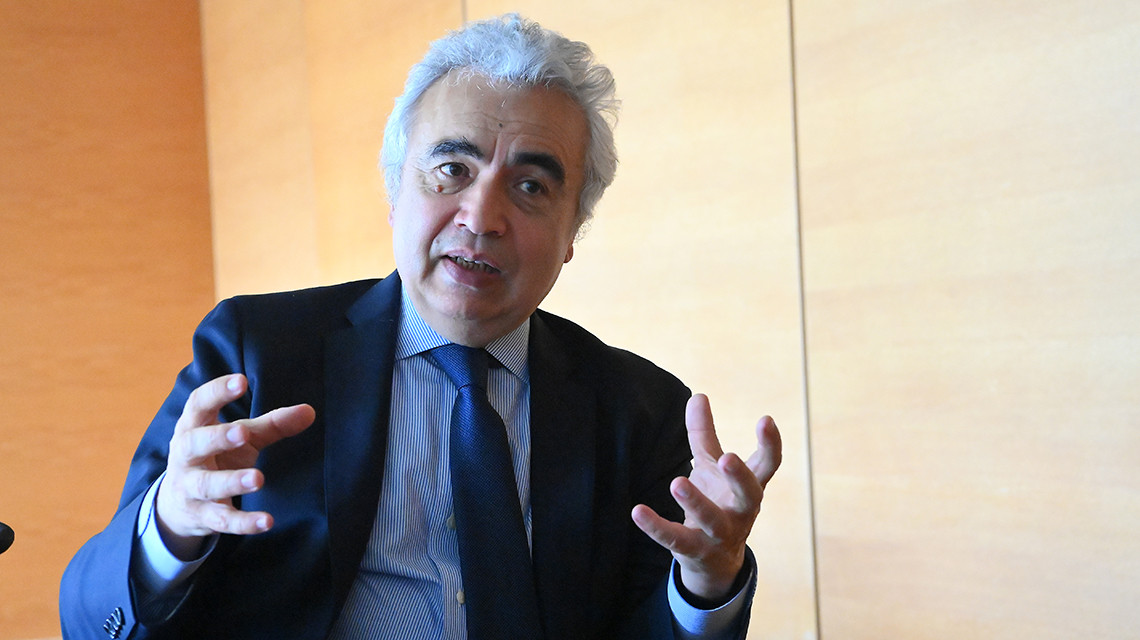Riding on the success of South Africa’s GNU and the tailwinds of his successful mission to China, President Cyril Ramaphosa addressed the Business Council for International Understanding (BCIU) that the new wave of energy transition minerals, referred to as critical minerals, will not be allowed to take the colonial patterns where raw ore was exported and beneficiated in foreign markets, only for finished goods to be exported back to South Africa.
The BCIU comprises major players in the mining sector, such as Anglo-American and BHP, which are key stakeholders in the extraction of battery metals both in South Africa and globally and elsewhere in the world.
In his calm yet assertive tone, Ramaphosa proclaimed that it is time for a new era for business and government: “ The extraction of critical minerals must not perpetuate colonial-era patterns of exploitation of the continent’s rich resources.”.
Sub-Saharan Africa Leads Global Energy and Digital Charge
Sub-Saharan Africa, a key region within the Global South, is home to 30% of the world’s critical minerals. However, despite this wealth of resources, poverty, unemployment, child labour and underdevelopment have plagued African nations, often benefiting the northern countries instead.
“We are advancing a Just Energy Transition Plan to guide our shift from coal to renewable energy sources while ensuring equitable economic opportunities and social inclusion for affected communities. South Africa’s and Africa’s critical minerals sector has a crucial role to play in this regard, and we recognise the importance of collaboration with other countries to develop the potential of our critical minerals sector”, President Ramaphosa stated.
According to President Ramaphosa, South Africa strongly endorses the United Nations Secretary-General’s position paper on Critical Energy Transition Minerals, highlighting the importance of beneficiation, benefit sharing, local value addition, and economic diversification.
It is the clearest indication yet that South Africa’s Critical Minerals Policy, yet to be delivered by the Department of Minerals and Resources, could demand a fair share of downstream industrialisation of South Africa’s large PGMs, manganese and rare earth metals. These minerals are pivotal for electric vehicles that are punted to drive the global reduction of GHGs and the attainment of targets of the Paris Agreement.

Musk-Ramaphosa meeting ushers hope for TESLA and Starlink
The President also met with South African-born founder of Tesla, and Starlink. While Starlink has been launched in various countries across the continent, regulatory hurdles in South Africa are reportedly being addressed to facilitate Musk’s investment in his homeland. However, it is Tesla—currently the world’s largest electric vehicle manufacturer with a market capitalisation exceeding $665 billion—that holds the potential to revolutionise mining in South Africa.

The presence of Anglo-American and BHP alongside President Ramaphosa and American investors underscores their significant role as leading manganese mining companies globally. This collaboration signals that manganese-enriched lithium-ion batteries, which Tesla has indicated are preferable to cobalt, could represent South Africa’s strategic advantage in the burgeoning market for critical minerals.
Editorial: @lloyd-m-nedohe, @lloydnedohe_ on X : ESG Frontiers












